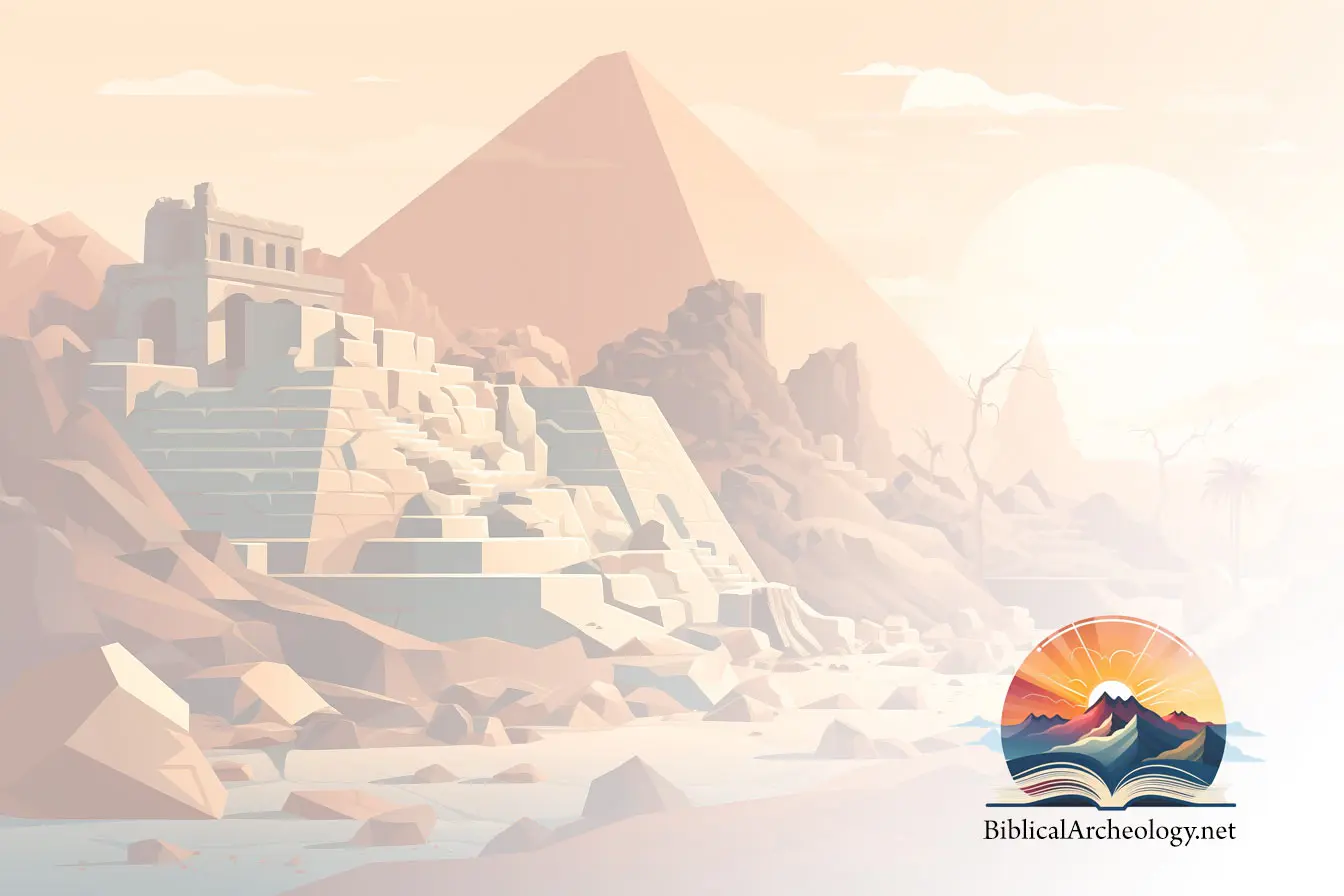The “Black Obelisk” of Shalmaneser III (reigned 858-824 BC) is a black limestone Neo-Assyrian bas-relief sculpture from Nimrud (ancient Kalhu), in northern Iraq. Height: 197.85 cm. Width: 45.08 cm. It is currently displayed in the British Museum.

It is the most complete Assyrian obelisk yet discovered, and is historically significant because it displays the earliest ancient depiction of an Israelite. It was erected as a public monument in 825 BCE at a time of civil war. It was discovered by archaeologist Sir Henry Layard in 1846.
The obelisk features twenty reliefs, five on each side. They depict five different subdued kings, bringing tribute and prostrating before the Assyrian king. From top to bottom they are: (1) Sua of Gilzanu (in north-west Iran), (2) “Jehu of Bit Omri” (Jehu of the House of Omri), (3) an unnamed ruler of Musri (probably Egypt), (4) Marduk-apil-usur of Suhi (middle Euphrates, Syria and Iraq), and (5) Qalparunda of Patin (Antakya region of Turkey). Each scene occupies four panels around the monument and is described by a cuneiform script above them.
The second register from the top includes the earliest surviving picture of an Israelite: the Biblical Jehu, king of Israel. It describes how Jehu brought or sent his tribute in or around 841 BCE.
Jehu severed Israel’s alliances with Phoenicia and Judah, and became subject to Assyria. The caption above the scene, written in Assyrian cuneiform, can be translated:
“The tribute of Jehu, son of Omri: I received from him silver, gold, a golden bowl, a golden vase with pointed bottom, golden tumblers, golden buckets, tin, a staff for a king [and] spears.”
On the top and the bottom of the reliefs there is a long cuneiform inscription recording the annals of Shalmaneser III. It lists the military campaigns which the king and his commander-in-chief headed every year, until the thirty-first year of reign. Some features might suggest that the work had been commissioned by the commander-in-chief, Dayyan-Assur. [GFDL Document and Copyright]


